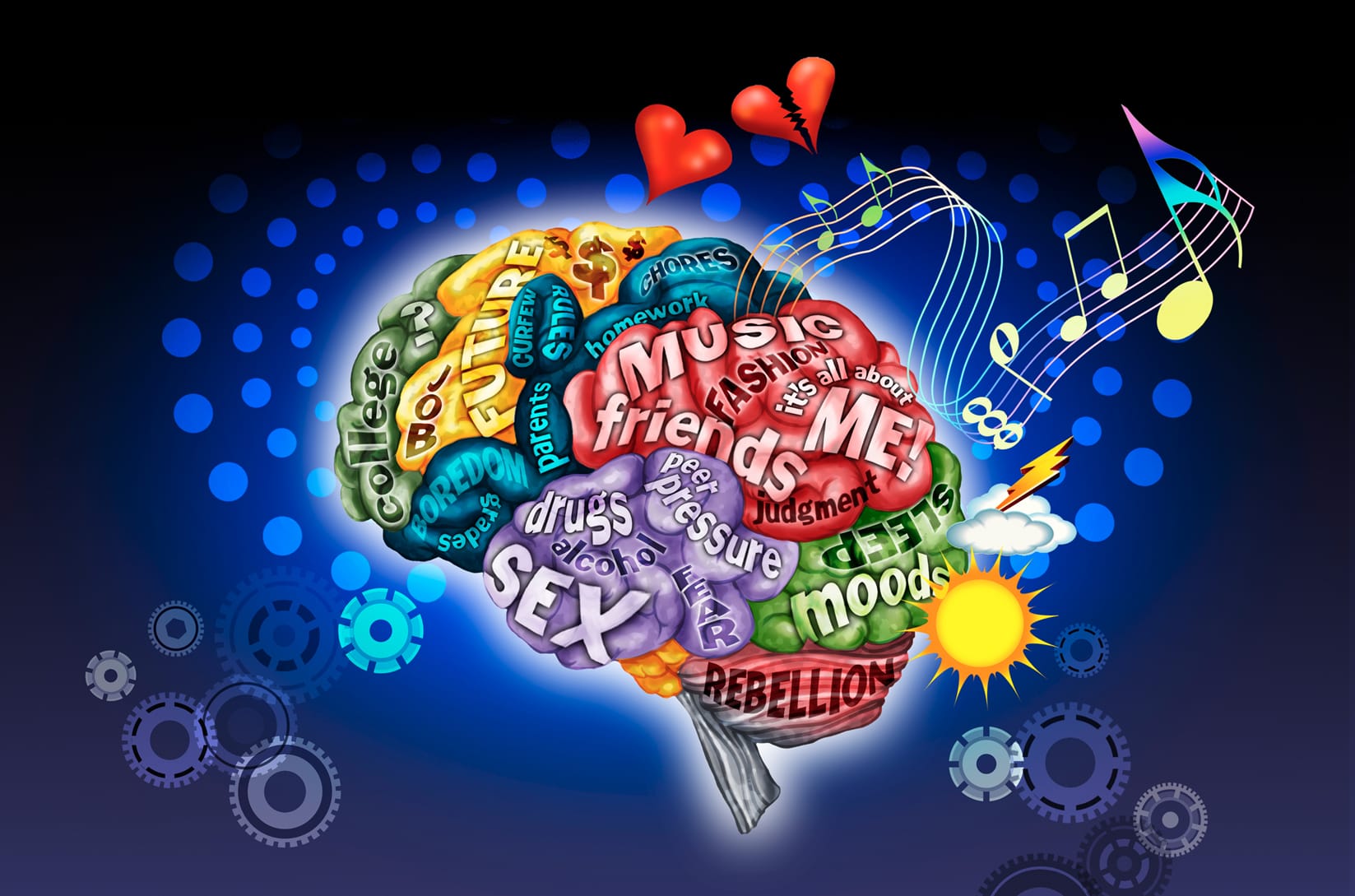Neuroplasticity keeps the brain learning
In a word, what we've learned recently about the developing brain is this: neuroplasticity. That's the brain's lifelong ability to learn new things and rewire itself.
It's not as easy when you're 70 as when you're 20. But it's not impossible, either. While the jury remains out on spendy brain-fitness programs, most scientists and medical professionals agree on the lifelong benefits of keeping your head working on enjoyable challenges, be it the daily Sudoku puzzle or those saxophone lessons you always wanted to try.
Here's a quick guide to what's going on between your ears during five essential stages of life.
In utero and infancy: The brain is building structure and forming connections. There are trillions of synapses in the newborn brain -- twice as many as in the adult one -- leading some to call it the most complex thing in the universe. Recent science has found that unborn and young children who experience traumatic stress -- not to mention drugs and alcohol -- may carry markers of it all their lives.
Years 1 to 6: The brain is like a fast-growing sponge, reaching 95 percent of its adult weight. Perception and reasoning, movement and emotions, planning and memory are all firing up, while the ancient, instinctive "lizard brain" is already on the job. Parents who nurture, stimulate and "chat up" their kids are building a firm lifelong foundation; parents who are overly negative or harsh are setting that foundation, too.
Years 7 to 22: The second stage of peak brain development is in early adolescence, making it another phase of high emotion and inconsistency. Hormones are coursing through the system while the prefrontal cortex, which controls impulses and makes reasoned decisions, is the last to mature. Teens should strive to think twice about taking risks; parents should keep lines of communication open and strive for a balance of understanding, patience and consistency.
"Adulthood": The brain is reaching the peak of its power, and with it your ability to communicate, undertake and resolve challenges and strike a mature balance between rational, emotional and intuitive behavior. But the brain regions that matured last are also the first to start declining, eventually leading to slower processing speeds and spottier memory. Experts advise "lifelong learning" as well as standard health practices like healthy eating and exercise.
65 and better: Science is still teasing out details of the aging brain. Memory may be declining and speed slowing, but continuing to challenge your brain will spur the growth of new brain cells. New research suggests that some of the aging brain's slowing may be caused by the huge amount of stuff that's stored in there -- a lifelong accumulation.
SOURCES: National Institutes of Health, National Geographic, The New York Times, Public Broadcasting Service, SharpBrains




